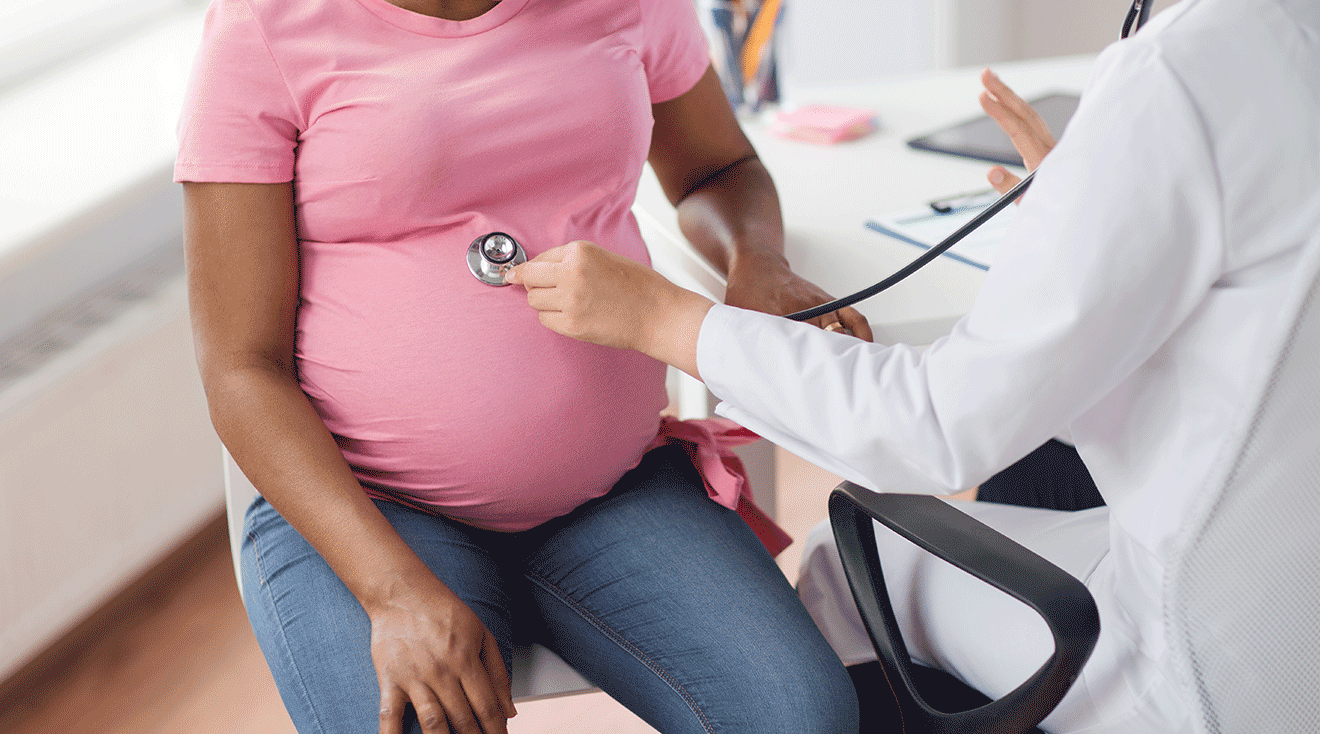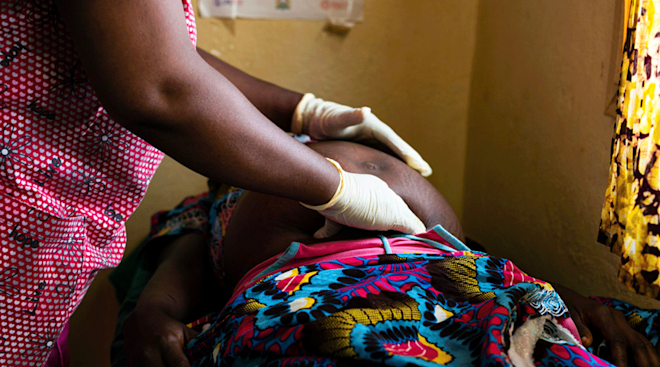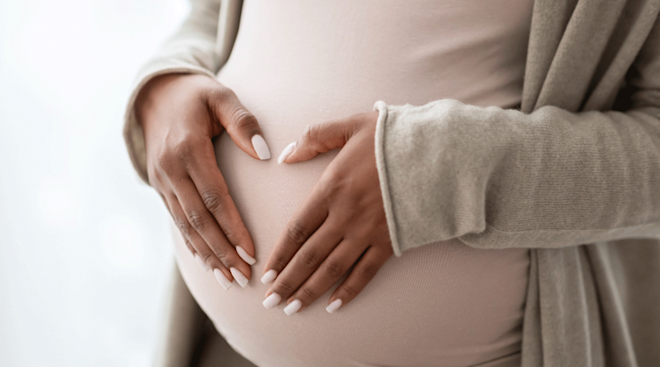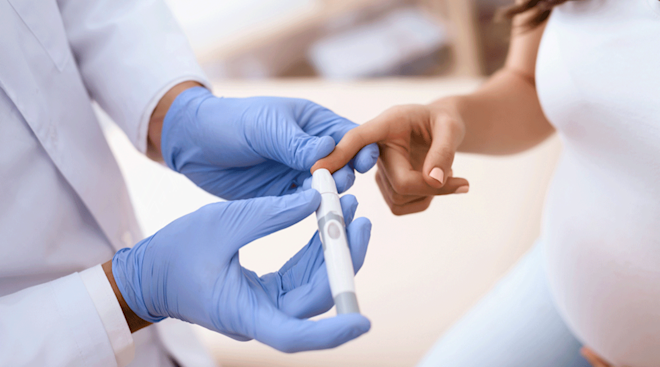Study Suggests US Maternal Mortality Lower Than Previously Estimated
A new study published in the American Journal of Obstetrics and Gynecology is challenging the US maternal mortality rate established by the Centers for Disease Control and Prevention (CDC), claiming that the actual rate is significantly lower than proposed and more in line with wealthier countries around the world.
At the root of the proposed overcount is the pregnancy checkbox, introduced to death certificates some 20 years ago and acknowledged by the CDC to be a potential issue in the offical count. Orginally designed to better document maternal deaths during pregnancy, at delivery or soon after giving birth, researchers believe over the years the checkbox has been ticked in instances when a death wasn’t tied to a pregnancy or giving birth.
“The pregnancy checkbox was introduced as a means to correct the underestimation of maternal mortality, but we’ve gone from a 30% underestimation to like a 300% increase in maternal mortality rate, which is a substantial overestimation,” K.S. Joseph, a physician and epidemiologist in the OB-GYN department of the University of British Columbia and the paper’s lead author told NPR.
For the new study, researchers redid the CDC’s National Center for Health Statistics analysis of data from 1999-2002 and 2018-2021, skipping over years when the data was in flux (i.e. the height of the pandemic). They also disregarded the deaths where only the pregnancy checkbox was ticked without further explanation.
“We would only consider deaths to be a maternal death if there was a pregnancy-related cause mentioned by the physician who was certifying the death,” said Joseph. “There are several lines in the certificate where a pregnancy-related cause can be mentioned, and if any of those lines mentioned a pregnancy-related cause, we would call it that.”
With this revised approach researchers determined the rate to be around 10 deaths per 100,000 births—a much lower rate than the CDC’s previously estimated 33 deaths per 100,000 births. In contrast to the CDC’s estimate, the researchers alternative methods also show a much smaller change in mortality rates between 1991 and 2021, only increasing from 10.2 deaths to 10.4 deaths per 100,000 live births. When it comes to certain complications like preeclampsia the study found that rates actually decreased.
Despite all of these changes researchers do acknowledge that racial dispartitys still appear in the data. Black pregnant patients are still three times more likely to die than white patients. Bringing attention to how gaps in prenatal care still exist and how racism directly effects patient care.
Even with a lower maternal mortality rate being a possibility, Joseph notes that its still an unacceptable amount of preventable deaths that America needs to address. “We have to prevent these deaths,” he said. “Even if we say that the rate is 10 per 100,000 and not 30 per 100,000, it does not mean that we have to stop trying.”
Navigate forward to interact with the calendar and select a date. Press the question mark key to get the keyboard shortcuts for changing dates.





















































